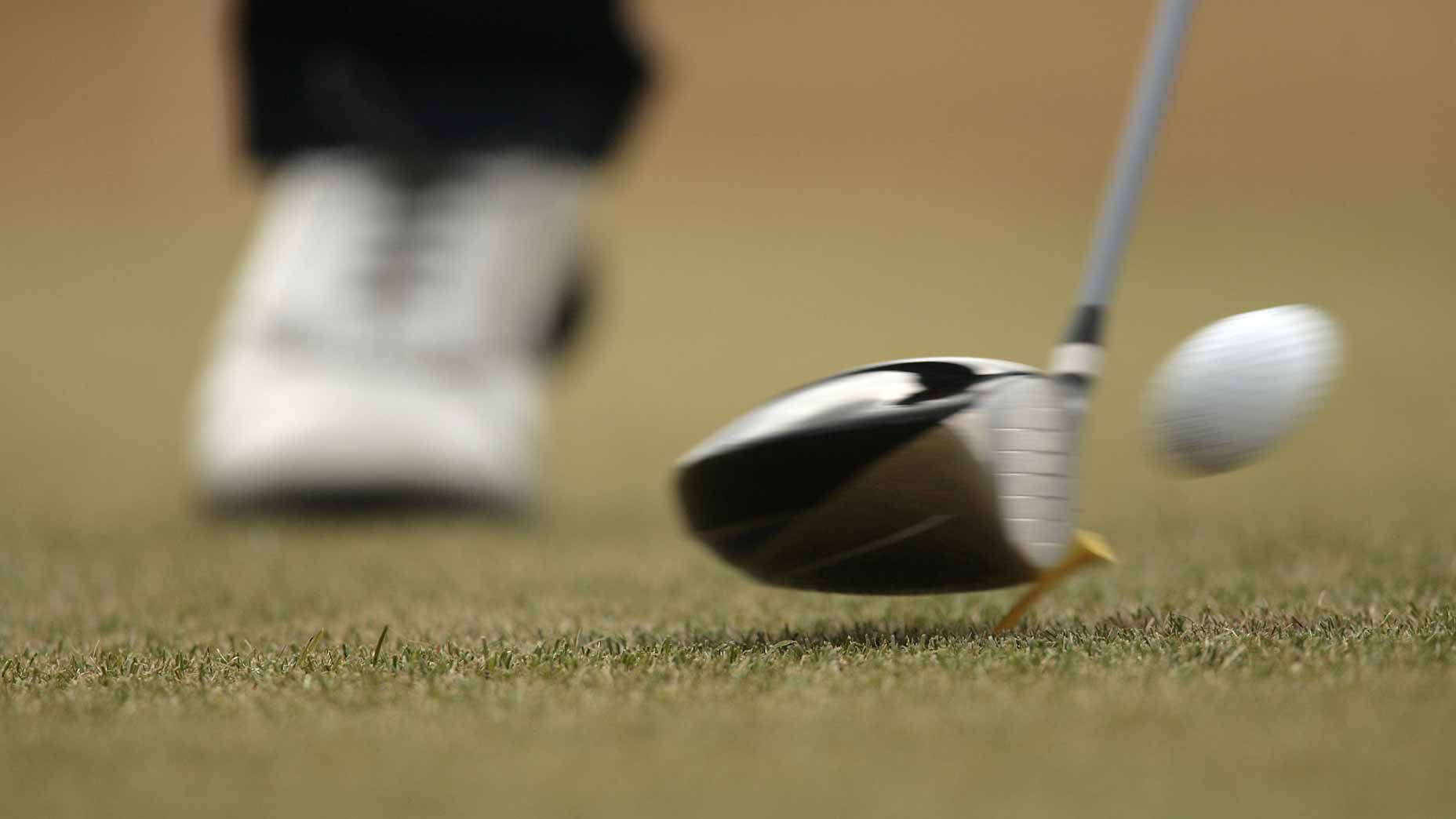Swinging in balance is an absolute must to create consistently solid and centered contact, but maybe for reasons you never thought of. When you’re out of balance, your body turns on its own safety mechanism to get you back into it — an innate reaction over which you have no control. It’s a good thing — it’s what keeps us from falling over — but if it turns on while you’re swinging, all that extra movement makes it nearly impossible to hit the sweet spot.
The fix? Get balanced at the very start. A better address position increases the likelihood of maintaining it when you swing.
Here’s how to get it.
1. Get your bends in order
Good balance starts with good “bends” at setup — how you bend your knees, bend your spine and bend your hips. Each part needs its own unique amount to create a slot for your arms to hang down naturally and lightly off your chest when you address the ball. In addition, the correct combination of bends gets your center of mass toward the ball.
All of this has the effect of tilting your body’s center of mass toward the ball. You’ll have to experiment with the bend values that are right for you, but here’s a good start: Make sure that your weight is evenly balanced over both legs and slightly forward onto the balls of both feet. Getting your weight too much over your toes or your heels will allow your body’s balance-correcting mechanism to kick in as soon as you start back. The base you create at setup should be solid enough that if somebody were to walk up and push you, you wouldn’t be in danger of toppling over. Of course, your weight will shift as you make your backswing, but it shouldn’t throw you off-balance. As you turn through, pressure should again return to the balls of your feet.
Remember that your body will always move toward balance. Your goal is to set up with your body’s center of mass over your feet so you’re balanced and stable, then return to that balanced position at impact. If you do that, you’ll find the center of the clubface more consistently.
2. Never play the heel
If you’re still wobbling around trying to find your balance during your swing and missing the center of the clubface, recheck your bends. In the photo above, notice that my bends are off: My knees are too flexed, which has made my spine more upright and created some slight tension in my arms. Plus, you can see how I’m “reaching” with my arms more compared to the photo at far left. All of these positions have forced me to “sit” too deep into my heels. I’m completely out of balance.
Here’s the rub: When your weight is in your heels at setup, you’ll probably end up catching the ball on the heel of the club at impact. Why? Because your brain is designed to maintain balance, like we discussed. So when it senses that too much weight is over your heels instead of the balls of your feet, it causes you to sway forward so you don’t fall over.
Now, sometimes you can get lucky — your safety mechanism times things perfectly and gets you back into balance the moment you strike the ball, even while swinging at breakneck speed. But it’ll lead to inconsistency. More often than not you’ll overcorrect and lurch too far toward the ball. Enter weak, heeled shots and, even worse, the possibility of a shank, all of which could’ve been avoided by making a few simple tweaks to your setup.
Dom DiJulia is the director of instruction at Jericho National GC in New Hope, Pa.
